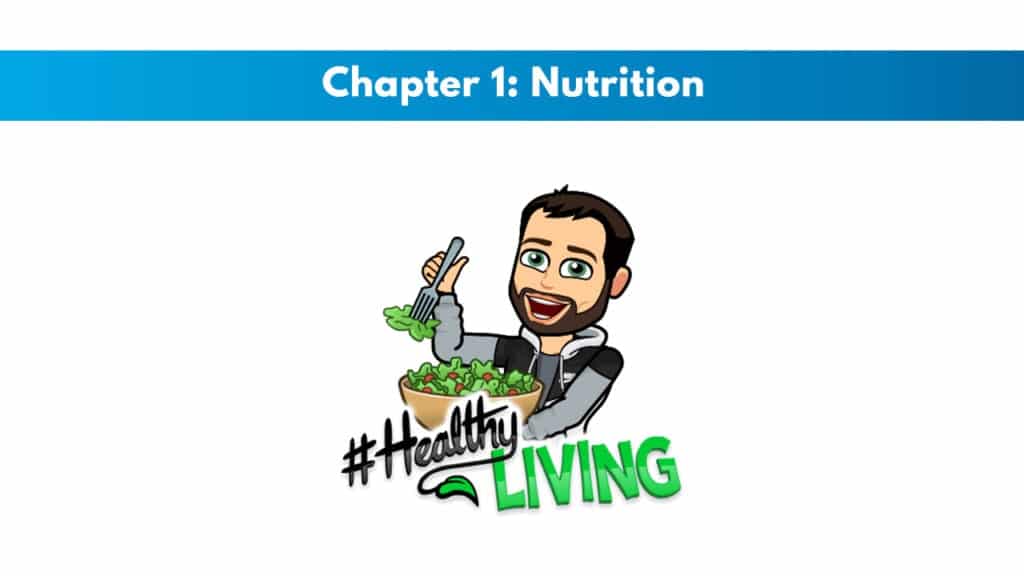
If you have not yet signed up for the ISSA Nutritionist certification, you can get it here for free as part of a special bundle.
Get your copy of the ISSA Nutritionist exam cheat sheet. It helps immensely for studying for the exam.
My PTP students report cutting their ISSA Nutritionist study time and effort in half with Trainer Academy.
Benefit from the Exam Pass Guarantee and Retake Fee Guarantee. Plus, take advantage of my current discount code PTPDECEMBER for 50% off the MVP Program (Ends December 11th, 2025).
Try it out for free here to see if it’s right for you, or read my detailed review for further insights.
Chapter Goals:
- Discuss how humans select their food.
- Be able to explain the types of functional foods.
- Know the cultural, economic, and religious considerations of some diets.
How Humans Select Food
The food appeal goes further than just the need for energy and nutrients. Humans also select their food based on their senses: sight, smell, taste, and feel.
Sight
The eyes give the first impressions of food, like the shape, color, shine, texture, size, and defects.
We can discern information from what we see, like how ripe a fruit is or if something is heated or burned. The colors for foods will contribute to the consumer as well.
Smell
Exclusive PTP CPT Offers |
||
|---|---|---|
Best Overall Cert | Best Online Cert | Best Study Materials |
Gold Standard Cert | A Good Option | Best CPT for you?  |
The human olfactory system can discern between 2,000 and 4,000 different smells, with highly sensitive people distinguishing around 10,000 other odors.
The nose also detects the volatile molecules of foods, which are generated from applying heat. So, warm foods are much easier to smell than colder ones.
Taste
When consuming foods, the taste will be the most meaningful sense.
Taste buds are arranged on the tongue, around the palate, and in the pharynx.
Saliva adds to the possibility of tasting foods. This becomes a combination of both smell and taste.
We can discern bitter, sour, sweet, salty, and umami through tastes.
Feel
The texture is how the foods feel to the hands and how people handle them. And mouthfeel is how they feel regarding the texture of the mouth.
This sensation is unique for everyone, and texture can affect how the brain processes the taste and smell of food.
Flavor
This is not a sensory tool used by humans; instead, it is a combination of taste, smell, and mouthfeel. This part explains why a stuffy nose makes food taste very different than when the sinuses are clearer.
The flavor is a significant part of what makes success or failure for food items in the consumer marketplace.
Functional Foods
Food for a specified health use is referred to as functional foods. These foods are found, chosen, produced, or consumed for reasons other than their calorie and nutrient content.
This term originated in Japan, where the market for functional foods is the most advanced in the world.
Modified Foods
These foods are modified through enhancement, enrichment, or nutrient fortification. This can include calcium-fortified juices, folate enriched bread, and beverages enhanced with energy promoting substances like caffeine and vitamin B complex.
Conventional Foods
These are simple foods, whole unmodified foods like vegetables and fruits.
Medical Foods
These foods are defined as foods intended to be ingested under the supervision of a physician for specific dietary management for diseases or conditions.
Special Dietary Foods
There are three distinctions for special dietary foods:
- They support a dietary need from a physiological, physical, or pathological condition.
- They supply minerals, vitamins, and other ingredients to increase their intake.
- They support a dietary need by being the sole item in a diet.
Culture, Economics, and Religion
Cultural Considerations
Culture describes the ideas, customs, skills, and art of a group of people in some period of civilization.
For some cultures, food will be prized, and in others, it can be spurned. For example, arctic regions have whale blubber as a staple of their diets, and in parts of Asia, a dog is considered a delicacy. We even see things like grubs or escargot as popular in parts of the world.
Ethnicity and Place of Birth
The ethnic origins of a person and their birthplace will decide the foods to which they are exposed. And, seeing as nearly 25% of the US are from an ethnic minority, this leads to many differences.
Economic Considerations
Food availability can change based on the local economic status of cities and neighborhoods.
One prime example is that of many Americans living in food deserts, which are urban areas where fresh foods are less available.
And then, when some of these foods are available, they might still be out of reach due to the costs associated with being tougher to get to the area.
Often, people will forgo some healthy options to get the less expensive ones.
Religious considerations
The world’s religions have also made their way toward the US and have spread to nearly every continent.
These selections of foods will often vary, as well as the preparation of the foods.
The Mormon church discourages parishioners from drinking coffee, alcohol, and tea, while Judaism sees the consumption of kosher foods.
Halal foods are preferred in religions like Islam.
Holidays also affect the consumption of food greatly. Oftentimes some set amount of time requires food restrictions to be put in place.

 Have a question?
Have a question? 


Tyler Read
PTPioneer Editorial Integrity
All content published on PTPioneer is checked and reviewed extensively by our staff of experienced personal trainers, nutrition coaches, and other Fitness Experts. This is to make sure that the content you are reading is fact-checked for accuracy, contains up-to-date information, and is relevant. We only add trustworthy citations that you can find at the bottom of each article. You can read more about our editorial integrity here.